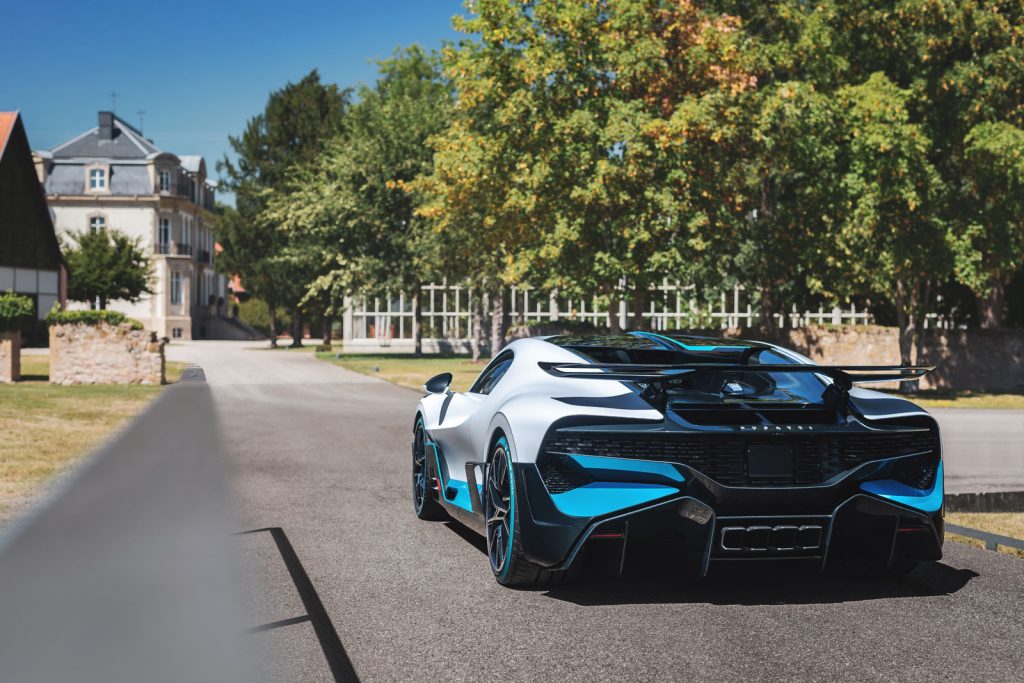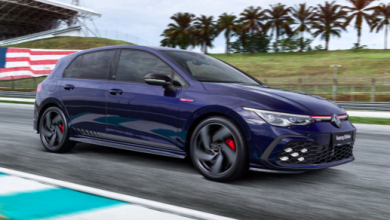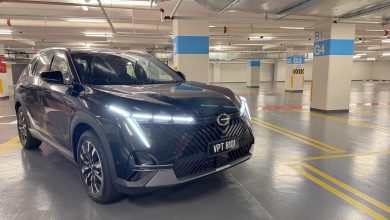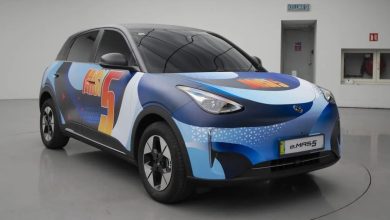Deliveries Of The Bugatti Divo Hypercar Begins

This coach built hypercar is finally rolling of the Bugatti production line.
After two years since the announcement of its conception, Bugatti has finally began delivery of its latest Divo hypercar to its über wealthy clientele.
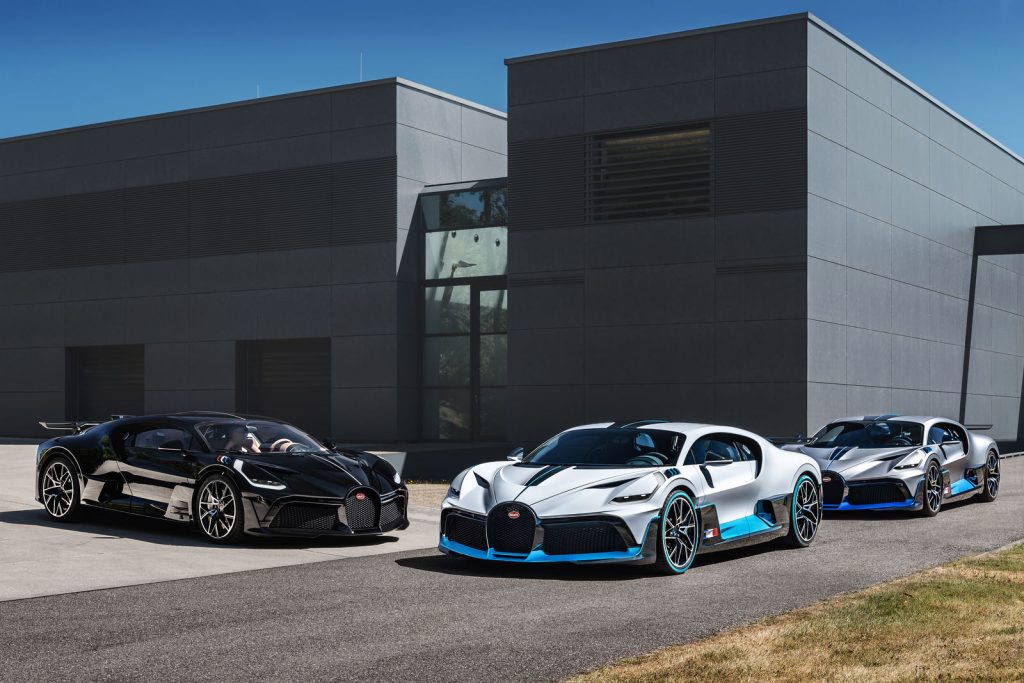
Limited to only 40 units and costing a cool €5 million (RM 25 million), the Bugatti Divo is the French hypercar manufacturer’s latest creation to leave the doors of its Atelier in the Alsatian town of Molsheim.
Named after Albert Divo, a Bugatti works driver for over 20 years in addition to a French pilot during the 1920s, the Divo marks the start of Bugatti’s shift towards reviving the art of coach building in the modern age.
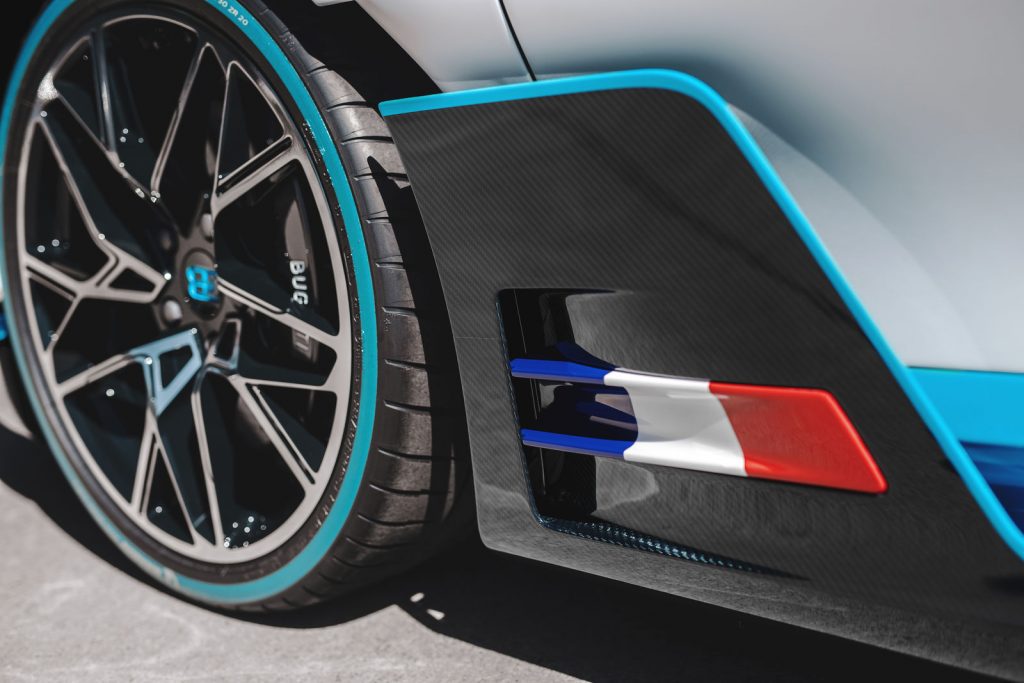
Just a primer on coach-building to anyone unfamiliar with the term. Coach building is essentially the act of replacing the body on a car with an entirely different body, while the internals remain untouched. Many of the famous design firms you know of today began life as coach builders, like Ghia, Giugario, Zagato and Carrozzeria Touring. However with the advent of the monocoque chassis and the modern production line, the art of coach building slowly died out.
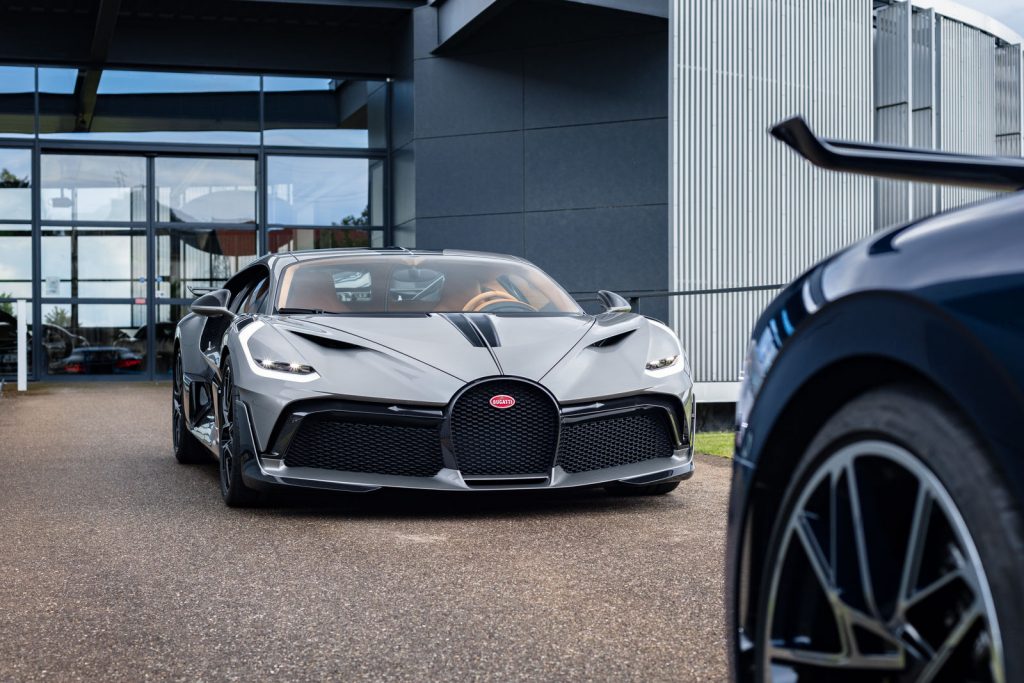
In the last few years though, there seems to be a revival for the lost art of coach building. Not only with ancient names in the industry once again creating masterpieces like the Disco Volante, but also manufacturers having a go at reworking their own models to tailor to a specific client’s wishes. Bugatti is now just in a long line of manufacturers who are looking to this lost art to further tap into their wealthy clientele’s bank balance.
As with all coach built cars, the Divo is actually based on an existing model, in this case the Bugatti Chiron. But although based on the Chiron, the Divo is not a direct competitor to the fastest production car in the world.
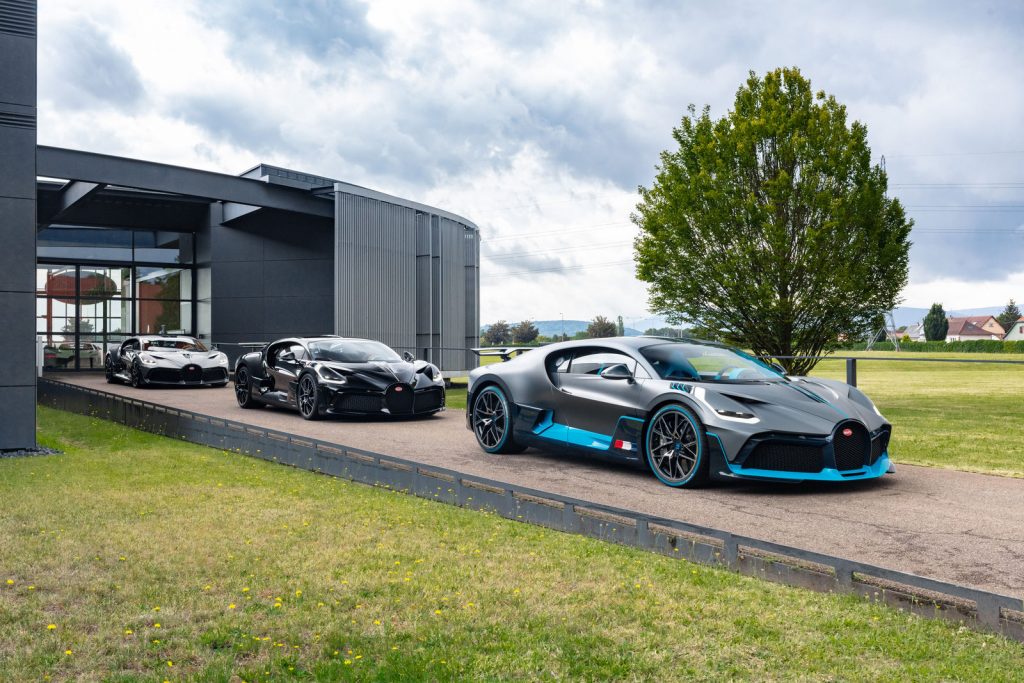
The regular Chiron though is still faster in a straight line as the Divo is limited to only 380 km/h as compared to the Chiron’s top speed of 490 km/h. However the 100 km/h top speed deficit is all intentional for the Divo as that brings with it more liberties to have fun with the styling at these lower speeds.
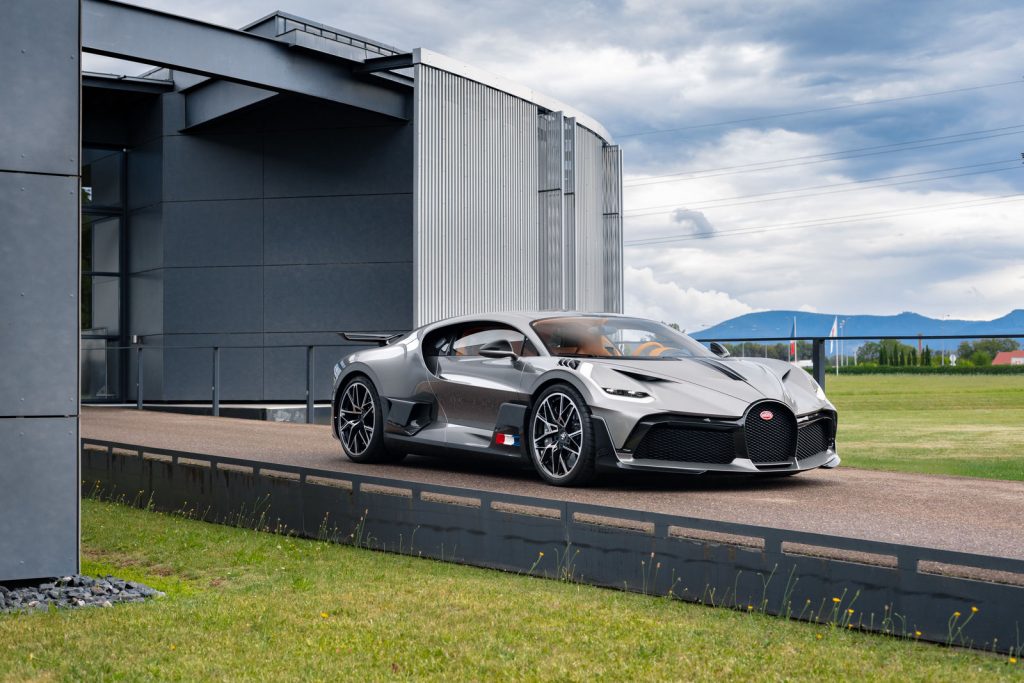
In keeping with the tradition of coach built automobiles, the Divo looks more spectacular than the Chiron on which it is based, with sharper, more purposeful lines than the curvy Chiron. At the front, the first thing that catches the eye would probably be the boomerang style front light assembly. That is actually the Divo’s DRLs as the real headlights are those two tiny 35 mm LED clusters.

Bugatti claims that the Divo was designed with specific emphasis on downforce. Making this custom hypercar more agile and probably and probably faster where it counts like on a track, for those few billionaires who do take their multi-million hypercar on track. To that end, the Divo has a slimmer sideline that helps create the illusion that this multi-million hypercar is flatter and more sporty. A new front spoiler design generates extra downforce, while extra air intakes on the bonnet and the sides keeps the Divo cooler at under hard driving.

Speaking of cooling, the Divo can be easily differentiated from the Chiron just by spotting the NACA Air Duct air intake featuring the central fin on the roof that feeds cool air into the 1,500 hp 8.0 quad-turbocharged W16 engine.
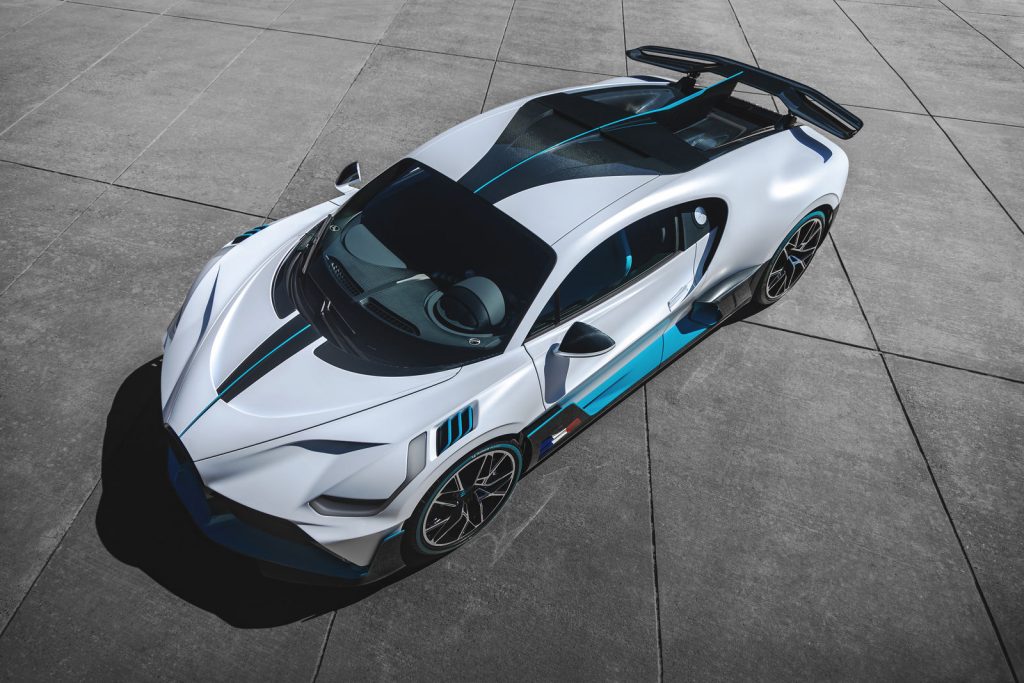
And to those who think the front looked amazing, the rear is positively drop dead gorgeous. Looking at it from the rear, some might be mistaken to think that this was a concept car, and this effect is all possible thanks to modern technology. The taillight assembly that form the rear grille, with its 44 individual fins that light up, were created through the process of 3D printing.
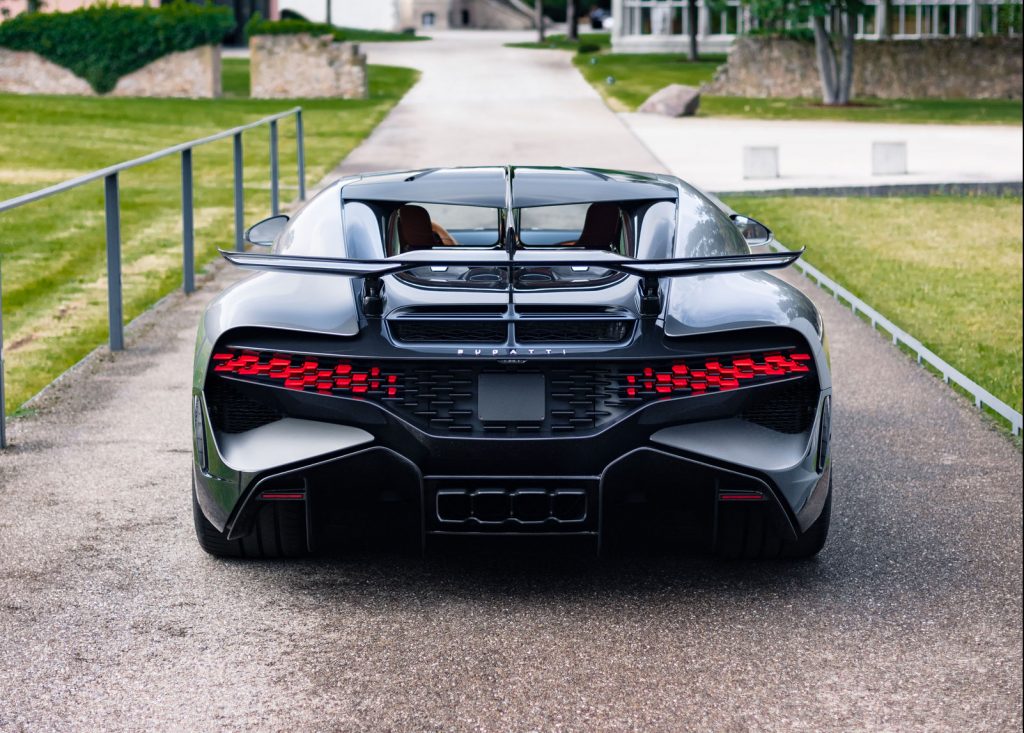
The last of the design touches would probably be the 1.83 m rear wing that spans the entire width of the Divo. Usually a statement piece in itself for any other car, on this car full of interesting design details it is just the icing on a very intricate cake.
Even at €5 million, all 40 examples of the Divo were already sold out to loyal Bugatti customers since 2018. So to those who have waited 2 years for their coach built Bugatti, the time for waiting is over, and hopefully the time for driving this absolutely stunning car out on the public roads for all to gawk at begins.
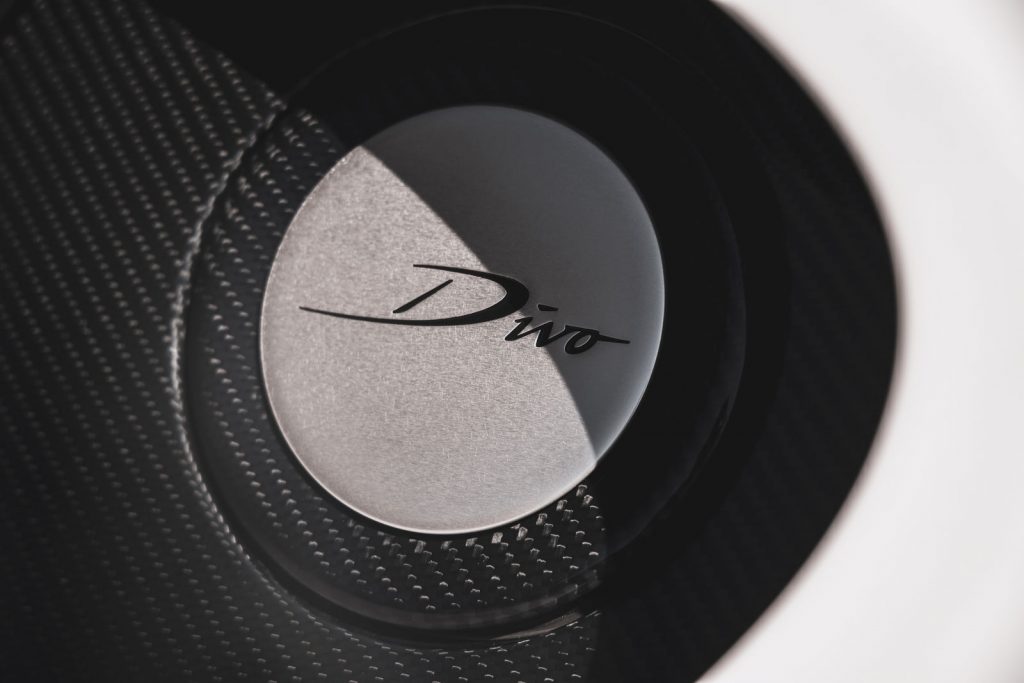
More information can be found in the press release below:
“The Divo marks a milestone in Bugatti’s history spanning over 110 years. The Divo will now enter our history books alongside the cutting-edge Veyron and Chiron hyper sports cars, Stephan Winkelmann, President of Bugatti, says. “The Divo starts a new era at Bugatti – the era of modern coachbuilding. With the Divo we have created a highly customised masterpiece of automotive craftsmanship that is a must-have for any Bugatti collection.” The new hyper sports car has been named after Albert Divo, a French pilot and racing driver who was also a Bugatti works driver for quite some time. In a period spanning 20 years, Divo claimed many victories, amongst others winning six Grand Prix races and two Targa Florio.
Divo restarts coachbuilding tradition
The English word “coach” refers to a carriage or a car, and coachbuilding is equivalent to haute couture in the fashion sector: it describes customised cars for individual tastes. In 1932, Jean Bugatti, son of company founder Ettore Bugatti, already created the elegant roadster body for the Type 41 Royale luxury vehicle at the age of 23. Its owner was textile magnate Armand Esders, which is why the vehicle is known today as the “Royale Esders”. However, Jean Bugatti’s masterpiece is considered to be the Type 57 SC Atlantic, a sports coupé delivering over 200 PS with a breathtaking bodyshell of which only four were ever built.
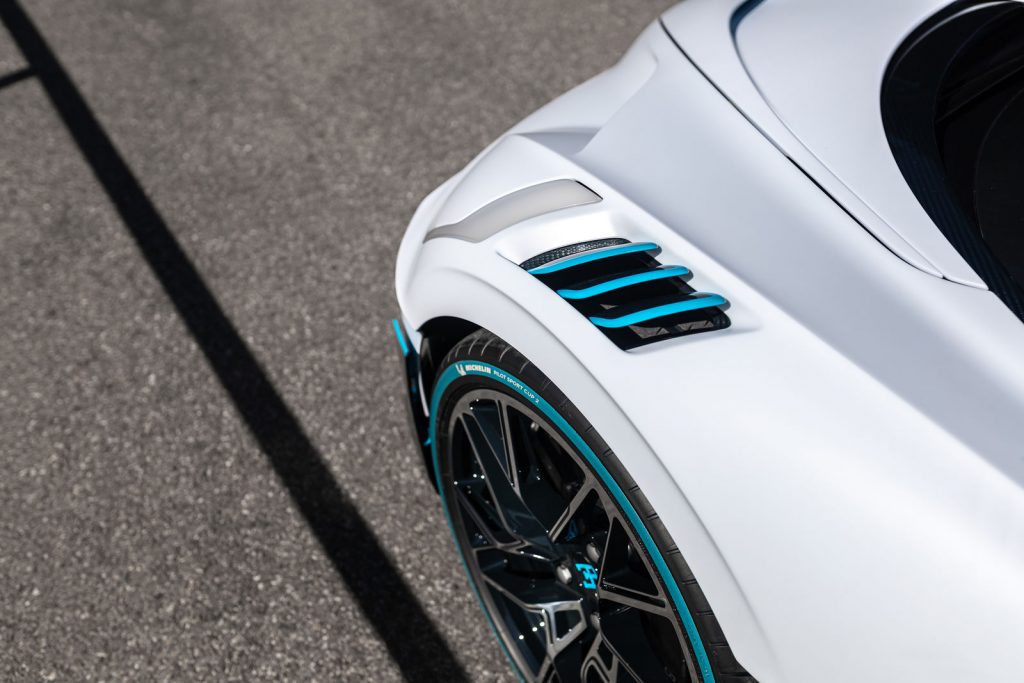
The difference in terms of today’s coachbuilding vehicles like the Divo is that in the past, master body-makers simply tailored different body shapes to a chassis – they hardly ever modified the technology. In contrast, with the new Divo development designers and engineers modified the technology and boosted the performance. “We had a host of liberties when we developed the Divo because we limited the top speed to 380 km/h. As a result, we were able to generate more downforce and turn the Divo into a visually and technically independent model”, Deputy Design Director Frank Heyl explains. Consequently, the extremely well performing hyper sports car has become even more agile.
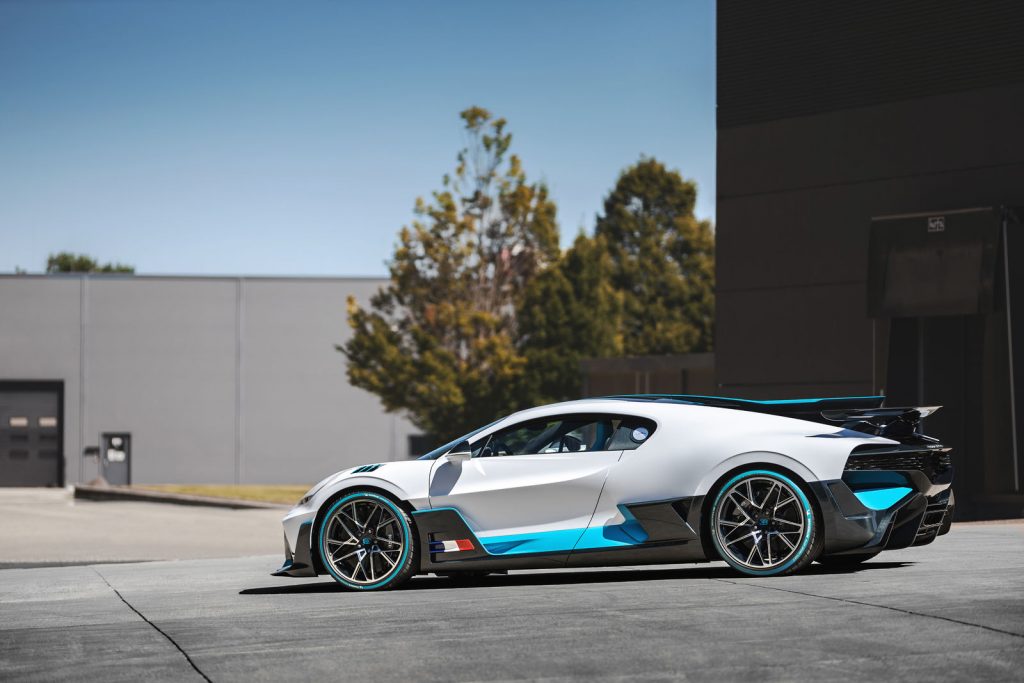
However, the new Bugatti also differs from the Chiron in terms of how it looks. Thanks to its slimmer sideline and additional air intakes to cool the brakes, the Divo looks flatter and more sporty. The bonnet now has air intakes that reduce the front surface of the vehicle and improve the air flow. An optimised Aero Curtain ensures improved aerodynamics at the front and rear of the vehicle’s sides. The new front spoiler design creates more downforce, directing more air to the front air intakes. Four independent air sources on each side of the vehicle cool the brakes. The compact, lightweight LED headlights with a narrow light opening measuring a mere 35 millimetres particularly catch the eye. These headlight slots featuring boomerang daytime driving lights extend far into the wings so that the radiator seems to be floating.
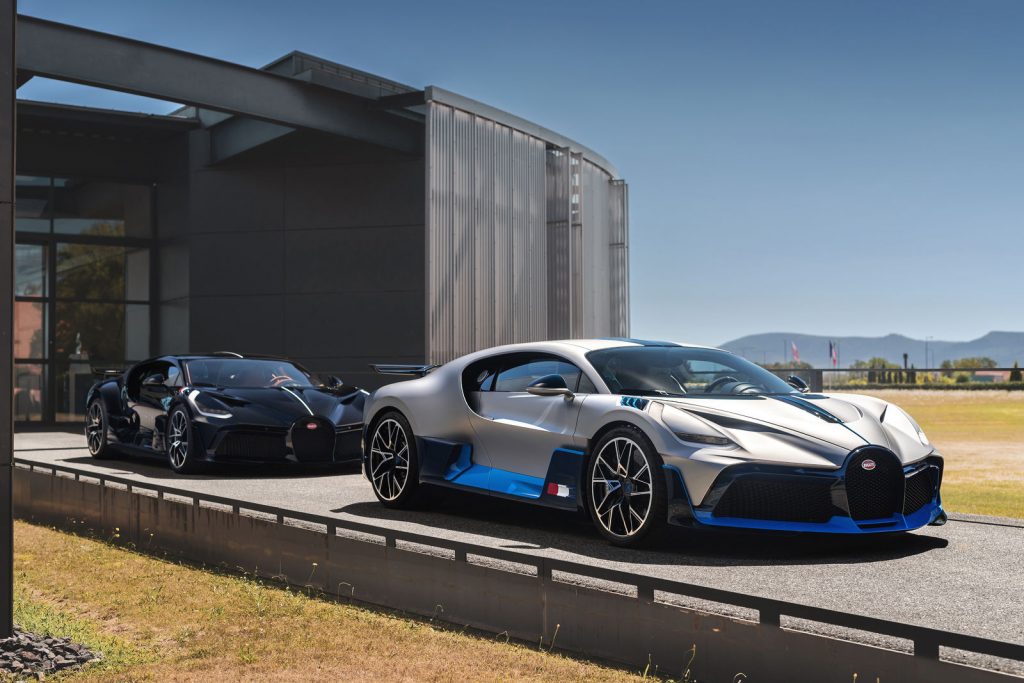
Rear parts produced as part of 3D printing process
Just as impressive, the complex 3D rear lights. They form part of the rear grille that was produced on the basis of procedures including 3D printing. It features special fins. A total of 44 of these fins light up and form the rear light. The stunning NACA Air Duct air intake featuring the central fin on the roof provides the 8.0-litre W16 engine generating 1,500 horsepower with its intake air. It simultaneously improves the aerodynamics, guides the air towards the 1.83 metre wide rear spoiler in a more targeted way and minimises turbulence. A raised diffuser supports the width effect at the rear, making it optically flatter. “Visually we have structured the Divo in a top section, the organic part, and a lower section, the mechanical part. As a result, we underline the vehicle’s wide character and the Divo seems even more sporty”, Frank Heyl explains. Blue lines on the tyres are just as striking, making the wheels seem larger and thus more sporty.
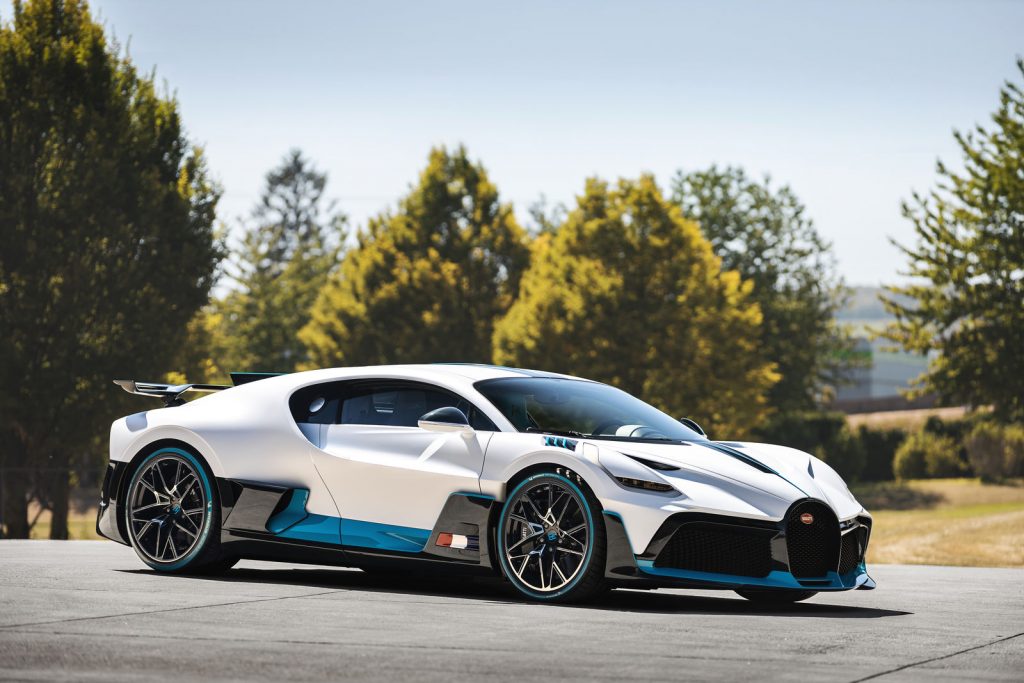
The production process is also crucial for the Divo. This is the first Bugatti model to be created digitally. Designers and developers assessed the model using VR goggles, milled hard-foam models at a scale of 1:1 on this basis and had a look at the proportions from a distance of 30 to 40 metres to gain a better feeling for shapes and proportions. “The symbiosis between designers and CAD modelling staff was inspiring and very creative teamwork. Thanks to the close cooperation we were able to create a new model in a mere five months – an extraordinarily short period of time”, Frank Heyl explains. Ever since, Bugatti has continued to digitalise and improve development processes so that every model is now visually developed on a digital basis. This means that aficionados of the brand can look forward to what the future brings.
